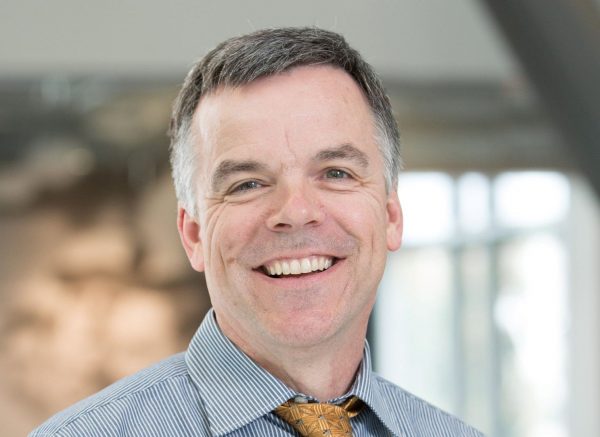Neither poverty and its influence on health nor financial toxicity from medical bills are new 21st century phenomenon.
Yet as a nation, the many facets of the U.S. still do not agree on the “appropriate boundary between medical and social care or between family and societal responsibility,” writes Regenstrief Institute Research Scientist and Indiana University School of Medicine Professor of Medicine Christopher M. Callahan, M.D., in an invited commentary in JAMA Internal Medicine.
What is more challenging than ever before, he notes in the commentary, is “the increasing fragmentation of medical and social care; the siloed access to services; the complexity of navigating local, state, and federal social programs while also navigating third-party payers; and the growing number of patients in need.”
In 2019 the National Academies of Science, Engineering, and Medicine published a framework for integrating social care into the delivery of healthcare which shifts the focus of care toward a greater balance between individual-based efforts and community-based efforts. Dr. Callahan reports that while, at present, few health systems are engineered for such a shift, health systems nationwide are beginning to invest in the infrastructure to support modification. According to Dr. Callahan these modifications include screening for social determinants, greater support for financial counseling, greater training in antiracism and cultural sensitivity, referral and linkage with state and federal support programs, workforce and workflow enhancements to facilitate integration of social care, and partnership with local community-based organizations.
While philanthropy currently supports investments nationwide in integrating social care into delivery of healthcare, Dr. Callahan says that to “make these shifts [to a greater balance between individual and community initiatives] sustainable, they must be accompanied by innovative financing and community partnership models that reach outside the walls of medical care.” He concludes that these new models, integrating medical care and social care, must be tested in real-world settings among diverse populations to demonstrate their value. Given the potential outcome on health disparities, he calls for pragmatic research funded with the same level of enthusiasm as the common biomedical research.
Dr. Callahan has 25 years of experience in studying clinical interventions and new models of care designed to improve outcomes for older adult.
“Moving Toward Fully Blended Collaborative Care: Integrating Medical and Social Care” is published in the October 1, 2021 print issue of JAMA Internal Medicine.
About Christopher Callahan, M.D.
In addition to his role at Regenstrief, Dr. Callahan is chief research and development officer at Eskenazi Health and a professor at the IU School of Medicine.
About Regenstrief Institute
Founded in 1969 in Indianapolis, the Regenstrief Institute is a local, national and global leader dedicated to a world where better information empowers people to end disease and realize true health. A key research partner to Indiana University, Regenstrief and its research scientists are responsible for a growing number of major healthcare innovations and studies. Examples range from the development of global health information technology standards that enable the use and interoperability of electronic health records to improving patient-physician communications, to creating models of care that inform practice and improve the lives of patients around the globe.
Sam Regenstrief, a nationally successful entrepreneur from Connersville, Indiana, founded the institute with the goal of making healthcare more efficient and accessible for everyone. His vision continues to guide the institute’s research mission.
About IU School of Medicine
IU School of Medicine is the largest medical school in the U.S. and is annually ranked among the top medical schools in the nation by U.S. News & World Report. The school offers high-quality medical education, access to leading medical research and rich campus life in nine Indiana cities, including rural and urban locations consistently recognized for livability.








